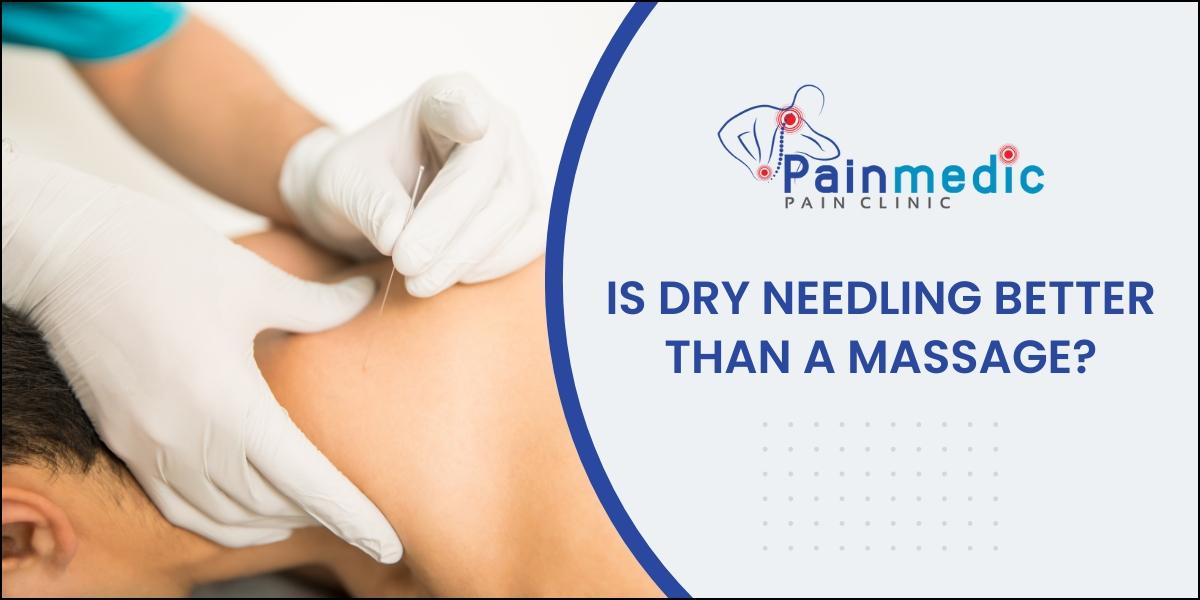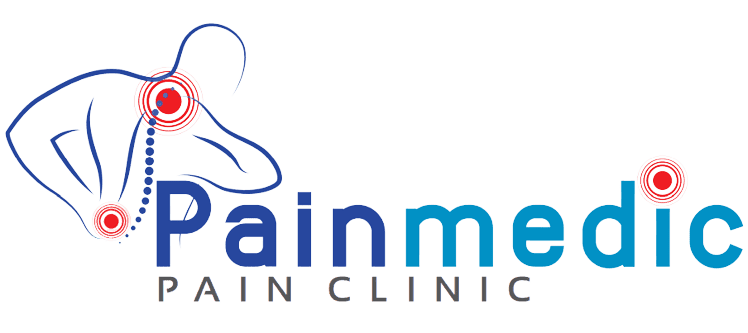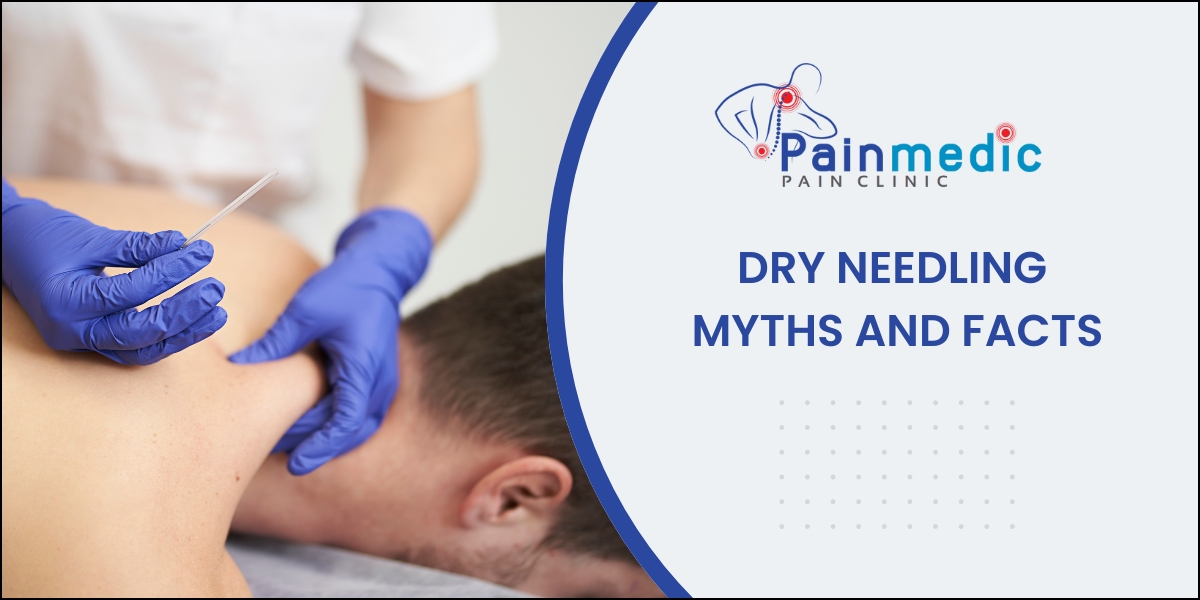
Is dry needling better than a massage?
If you’re navigating the world of pain relief, you’ve likely encountered a plethora of options. Two popular therapies often come up in conversations about muscle pain and tension: the ancient, soothing practice of massage and the modern, targeted technique of dry needling. But when you’re in pain, you don’t just want popular—you want effective. So, which one is better? Dry needling or massage?
The truth is, it’s not about one being universally “better” than the other. It’s about understanding what each therapy does and which is the right tool for your specific problem. Think of it like this: you wouldn’t use a sledgehammer to put in a tiny screw, nor a screwdriver to break down a wall. Both massage and dry needling are powerful tools, but they serve different purposes in the journey to pain-free living.
Understanding the Fundamentals: How They Work
Massage Therapy: The Art of Relaxation and Release
Massage is a holistic therapy that involves manipulating the body’s soft tissues (muscles, tendons, ligaments) using pressure and movement. Its primary goals are:
- Improving Circulation: Enhancing blood flow to deliver oxygen and nutrients while flushing out toxins.
- Reducing Overall Tension: Promoting a state of deep relaxation throughout the body and mind, which can significantly lower stress hormones that exacerbate pain.
- Breaking Down General Adhesions: Using broad strokes to address larger areas of stiffness.
It’s excellent for overall wellness, stress reduction, and dealing with general muscle soreness or stiffness.
Dry Needling: The Science of Targeting the Source
Dry Needling is a evidence-based medical procedure performed by trained healthcare professionals. It involves inserting a thin, filament needle (similar to an acupuncture needle but based on modern anatomy) into specific, dysfunctional muscle bands known as myofascial trigger points or “muscle knots.”
These knots are hyperirritable spots that can cause local pain, refer pain to other areas (e.g., a knot in your shoulder referring pain to your neck and head), and limit your range of motion. Dry needling works by:
- Eliciting a Local Twitch Response: The needle causes the tense muscle fiber to twitch and then profoundly relax.
- Increasing Blood Flow: It triggers a healing response, bringing fresh blood to a previously constricted area.
- Disrupting Pain Signals: It helps reset the dysfunctional neuromuscular junction, effectively telling the muscle to “turn off” and stop spasming.
It’s a targeted treatment for specific, diagnosed musculoskeletal pain conditions.
Dry Needling vs. Massage: A Quick Comparison
| Feature | Dry Needling | Massage Therapy |
|---|---|---|
| Goal | Target and deactivate specific trigger points; correct neuromuscular dysfunction. | Promote general relaxation, improve circulation, reduce overall tension. |
| Technique | Precise insertion of fine needles into muscle knots. | Manual manipulation of soft tissues with hands, elbows, etc. |
| Scope | Very focused and specific to the problem area. | Broad, encompassing large muscle groups and the whole body. |
| Ideal For | Sharp, shooting, or referred pain; chronic muscle pain; conditions like sciatica, plantar fasciitis, tension headaches, shoulder impingement. | General stiffness, stress-related tension, post-workout soreness, overall maintenance and wellness. |
| Practitioner | Licensed medical professionals (Doctors, Physical Therapists). | Licensed Massage Therapists. |
So, Which One is Right For You?
The choice isn’t necessarily either/or. Many patients benefit greatly from a combination of both therapies.
- Choose Massage if: You are looking for stress relief, general maintenance, managing overall muscle tightness, or recovering from a tough workout.
- Choose Dry Needling if: You have a specific, persistent pain that hasn’t responded to other treatments. If you can point to a specific “knot” that is causing sharp, aching, or radiating pain, dry needling is likely the more direct and effective solution.
Ultimately, the best way to decide is to get a proper diagnosis. A pain management specialist can assess your condition and create a tailored treatment plan, which may include dry needling, massage, or both, along with other modalities.
Expert Dry Needling Therapy in Pune at Painmedic Pain Clinic
If you are in Pune and struggling with stubborn muscle pain, myofascial pain syndrome, or any condition involving painful trigger points, seeking expert care is crucial.
At Painmedic Pain Clinic, we understand the intricate nature of musculoskeletal pain. Under the expert care of Dr. Kauser Mujawar, a renowned Pain Management specialist in Pune, we provide advanced, evidence-based treatments to address the root cause of your discomfort.
Dr. Kauser Mujawar is highly skilled in Dry Needling therapy, using his extensive knowledge of anatomy and neuromuscular medicine to precisely target and deactivate trigger points that are responsible for your pain. This targeted approach ensures a more efficient and effective recovery, helping you return to a life of movement and freedom without pain.
Don’t let muscle knots hold you back.
Schedule a consultation with Dr. Kauser Mujawar at Painmedic Pain Clinic today, and take the first step towards targeted, effective, and lasting pain relief.




